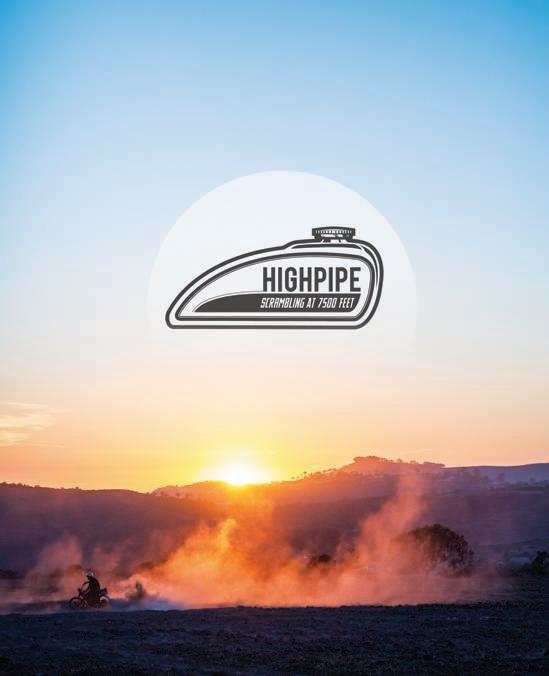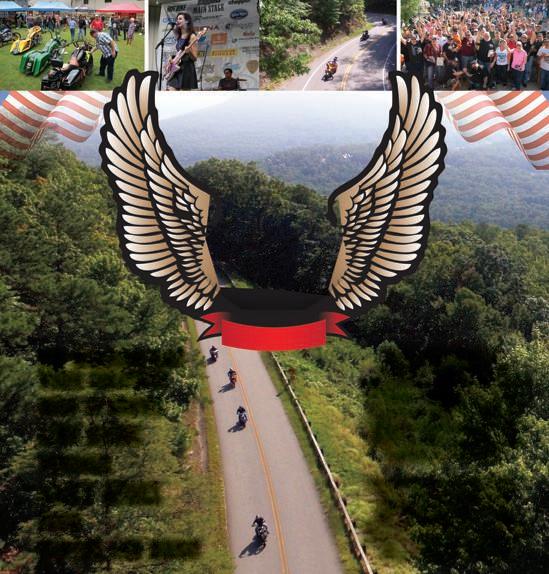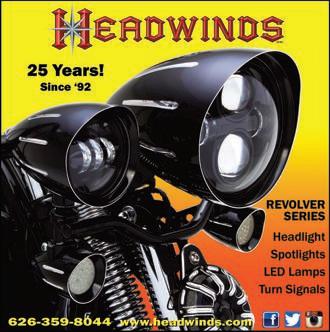
3 minute read
WEBSLINGER
from HOT BIKE MAY 2017
Hooligan. Yeah, that word might describe quite a few of you Hot Bike readers, but it’s also a sort of freespirited anti-racing type of flat-track competition and general motorcycle movement. You might have seen some photos or video on the internet of people on street tracker types of motorcycles ripping around a dirt track or even jumping over freeway on-ramps and anything else that gets into their damn way.
Like it or not, it’s part of the muchneeded newer generation of consumers in the V-twin motorcycle world.
Racing and raising hell on American V-twins in the dirt is nothing new, as both Harley-Davidson and Indian motorcycles have been “doing it in the dirt” for about 100 years. It’s also a very big part of their heritage. Back in the day racing was one of the biggest ways to raise brand awareness and notoriety amongst consumers. The old motto “race on Sunday, sell on Monday” really was true back then. It was also a sporting event attended by the general public much like a baseball or football game.
American flat-track racing became quite popular in the 1920s and ’30s but then died out a bit with the Great Depression and World War II hitting the country. It picked up steam again in the 1950s and became one of the most popular forms of motorsport racing in the United States for the next couple of decades.
Fast-forward to the early ’90s and American Pro Flat Track was looking for an inexpensive and inviting way to get more racers, manufacturers, and sponsors involved. Then 1993 was the year the Harley-Davidson 883 Sportster Performance Series became a support class run in conjunction with the AMA Grand National Championship. The bikes were cheap, and the money for placing was pretty good, so quite a few of the premier flat-track racers participated. The legendary Jay Springsteen was a regular participant and winner in the series. Jay and 1993 883 series champ Ricky Graham were definitely “hooligans” in every way, shape, and form. In their prime they toured the country more similar to the Rolling Stones than traditional professional athletes—raising hell, having fun with the trophy girls after a win, and other acts of rowdiness that can’t be mentioned here were a normal occurrences.

The 883 Series rules were set up to keep the bike as stock as possible and to keep competition close. Engines and frames were kept stock with the exception for blueprinting allowed on the engine. Wheels, tires, shocks, exhaust, intake, seat, and tank were all easy bolt-on mods that everyone, and most of these parts were available to the general public as well. This started a true “street tracker” movement that is part of what inspired the modern hooligan movement. The 883 series fizzled out in 2005 but not before a few of the modern stars of flat-tracking snatched up a few 883 championships— Bryan Smith and Jared Mees.
The catalyst for the hooligan racing movement started roughly about four years ago during Costa Mesa Speedway’s “Harley Night.” An annual event held during the Speedway motorcycle races, it has traditionally been composed of guys on Road Kings with apehangers and fat tire choppers tip-toeing along the track like bulls in a china shop. There are multiple crashes and
ED SUBIAS ONLINE EDITOR
ED.SUBIAS@BONNIERCORP.COM wipeouts much to the delight of the beerinfused crowd. The lineup of bikes at Harley night started to change when industry veteran and exhaust guru Hunter Klee started bringing out purpose-built flat-track Sportsters. Much like the 883 series bikes of old, they were street machines converted for full-on flat-track assaults. These machines appealed to a new generation of riders, including myself, who come from a background of action sports such as BMX, skateboarding, snowboarding, etc.
A few more Harley nights came, and along with it more and more of these street trackers were built up. It was really starting to pick up steam. Along the way Mark Atkins of Rusty Butcher fame, Roland Sands (who had been building similar machines for years), the brothers from Suicide Machine, and The Speed Merchant crew became part of the core group of this hooligan movement.
Fast-forward to the present day and this hooligan thing is a forced to be reckoned with. Both Harley-Davidson and Indian motorcycles have officially sponsored hooligan teams that race all across the country in high-profile and televised events. These teams and races are used for brand awareness and the cool factor with masses, especially with the younger generation—the same as it was in the ’20s and ’30s. Just goes to show you that things really do keep coming around and around, especially when it’s sliding around a dirt track sideways with the throttle pinned to the stops. HB














